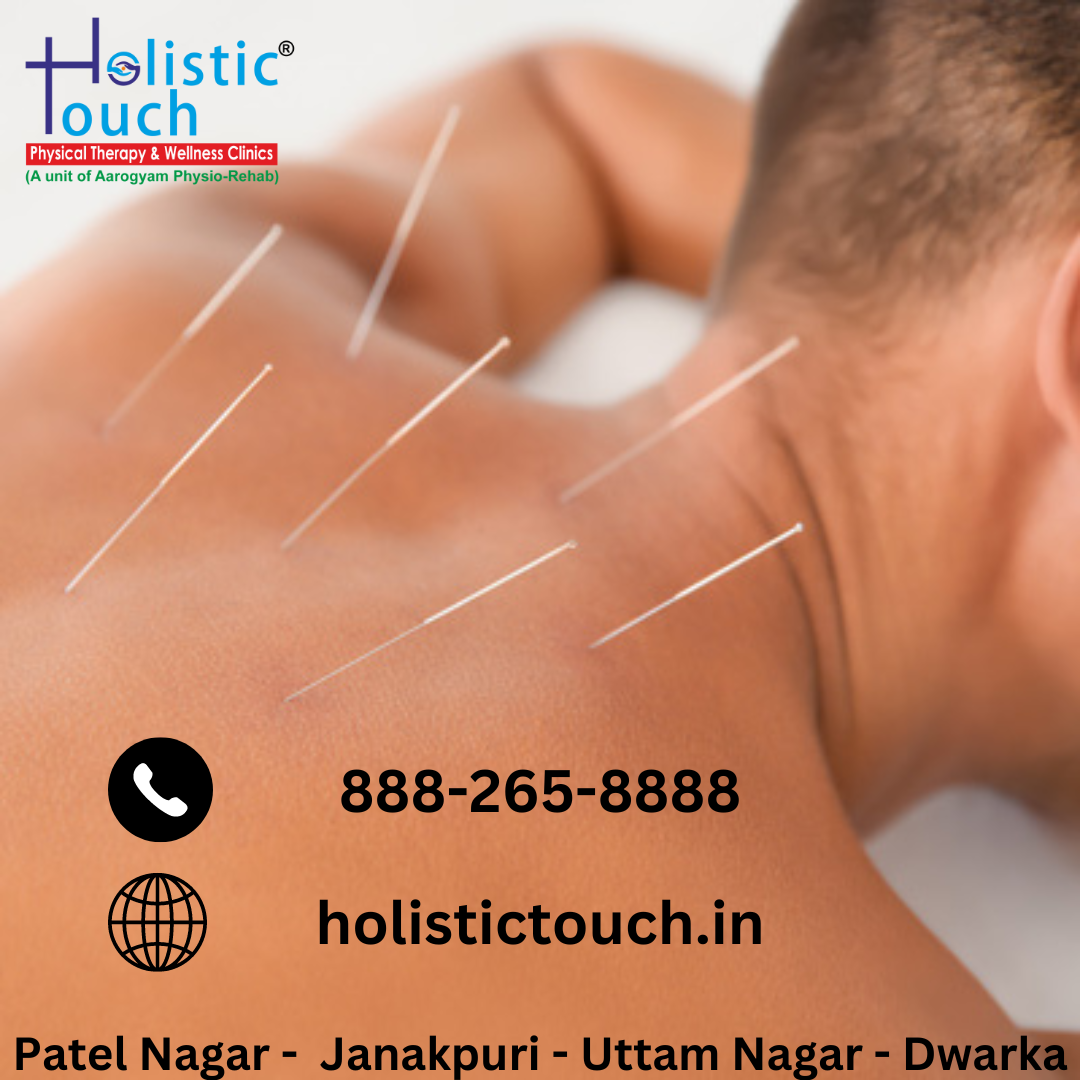Cupping therapy, the practice of placing suction cups on the skin, has been around for millennia, gracing the bodies of ancient Egyptians and Olympians alike. Recently, though, it’s gained a new wave of popularity, adorning the backs of athletes like Michael Phelps and sparking curiosity across the globe. But what exactly is it, and do the alleged benefits hold water?
The Suction Game:
Cupping involves placing glass, bamboo, or silicone cups on the skin and creating suction using heat or a pump. This pull is thought to draw blood toward the treated area, potentially promoting healing and relieving pain. Two main techniques exist: fixed cupping, where cups remain stationary, and moving cupping, where they glide along the skin, similar to a massage.
Benefits on the Menu:

Proponents tout a wide range of benefits, including:
- Pain relief: Cupping may ease muscle tension, headaches, and joint pain associated with arthritis and fibromyalgia.
- Improved circulation: Increased blood flow could bring oxygen and nutrients to sluggish areas, accelerating healing and reducing inflammation.
- Relaxation: The warmth and massage-like action of cupping can promote relaxation and general well-being.
- Detoxification: Some believe cupping draws out toxins from the body, though scientific evidence for this is lacking.
But Hold Your Horses:
While the buzz is enticing, let’s inject some reality. The research on cupping’s effectiveness is mixed. Some studies show benefits for specific conditions, like pain relief for neck pain, while others show little to no effect. More high-quality research is needed to draw definitive conclusions.
Bruises and Beyond:
Cupping isn’t all sunshine and rainbows. Common side effects include circular bruises, which usually fade within a week. More serious risks, like burns and infections, are rare but possible. Consulting your doctor before trying cupping, especially if you have any underlying health conditions, is crucial.
The Final Sip:
Cupping therapy, with its ancient roots and modern allure, presents a potential avenue for pain relief and relaxation. However, it’s essential to approach it with realistic expectations and prioritize safety. Consult your doctor and proceed with caution before diving into this alternative therapy.
Remember, even ancient practices need modern scrutiny.
So, the next time you see those mysterious red circles, remember, cupping therapy, while intriguing, is a complex, nuanced treatment. Consider it a conversation starter, not a magic bullet. And, as always, listen to your body and consult your doctor for personalized advice.


